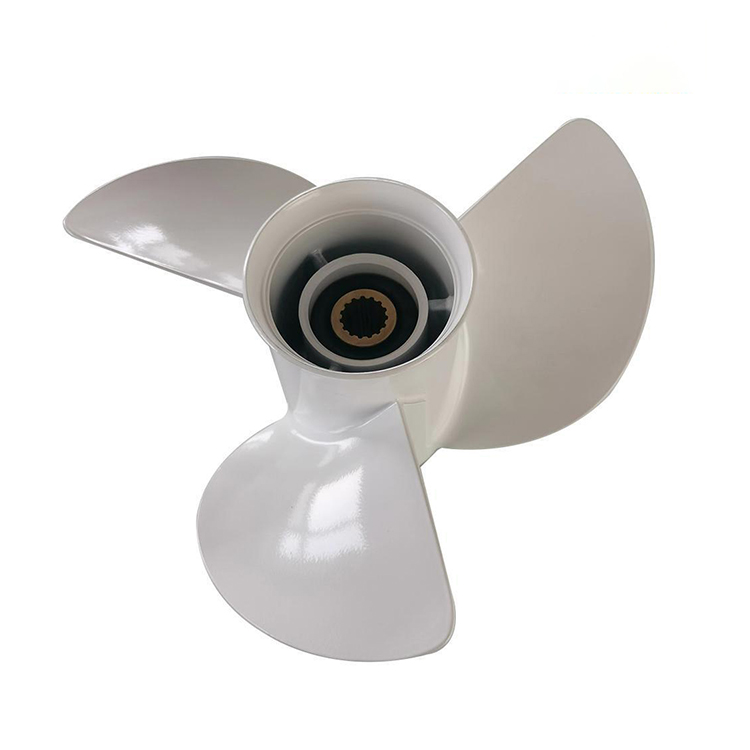Inboard ski boat propellers are a vital component in achieving smooth acceleration, directional control, and water sport performance. While stainless steel and bronze are often associated with high-performance or saltwater use, aluminum propellers remain a practical and popular choice, particularly for certain inboard applications, including recreational ski boats.

1. Cost-Effective and Readily Available
Aluminum is more affordable than stainless steel or nibral (nickel-bronze-aluminum alloy) alternatives. For ski boats primarily used in freshwater environments, aluminum offers a budget-friendly solution that doesn't significantly compromise performance under moderate use. Its affordability makes it ideal for casual boaters or owners who prioritize economy without demanding peak horsepower output.
2. Lightweight and Easy to Replace
Aluminum propellers are relatively lightweight, which reduces rotational mass on the propeller shaft. This can faster acceleration and responsive handling, which are key characteristics for tow sports like water skiing or wakeboarding. Moreover, in the event of a strike with submerged debris, aluminum tends to absorb impact by deforming rather than damaging the driveline. This makes replacement more straightforward and prevents costly damage to the transmission or prop shaft.
3. Sufficient Performance for Moderate Loads
For inboard ski boats operating in controlled, low-impact settings such as lakes or rivers, aluminum propellers offer adequate thrust and speed. Their performance is reliable for towing skiers at steady speeds without the need for torque or high-speed endurance.
4. Easier Repairs
In some cases, minor bends in aluminum blades can be repaired at a lower cost than stainless steel props. This is especially useful for hobbyist boaters who may encounter occasional underwater obstacles.
The lifespan of a marine boat screw propeller—commonly referred to as a propeller or "prop"—depends on various factors including material, usage conditions, maintenance, and operating environment. Whether the propeller is installed on a small recreational craft or a large commercial vessel, its durability is a critical factor in vessel performance and maintenance planning.
1. Material Matters
Propeller material plays a primary role in determining service life:
Aluminum propellers typically last 3 to 5 years with regular recreational use, especially in freshwater. Their lower resistance to corrosion and impact damage makes them more prone to wear.
Stainless steel propellers, used often in saltwater or higher-power applications, can last 8 to 10 years or more if properly maintained.
Bronze or nibral propellers, commonly found on larger vessels, can exceed 15 years in service, given regular maintenance and minimal mechanical strain.
2. Environmental and Operational Impact
Exposure to saltwater, sand, marine growth, and submerged debris significantly affects lifespan. Propellers in high-silt or shallow coastal waters wear faster due to abrasive particles. Cavitation (formation of vapor bubbles due to low pressure) can also erode metal surfaces over time, particularly on heavily loaded propellers.
Frequent grounding, improper pitch selection, and over-revving can premature blade fatigue or cracks. Conversely, operating at recommended loads and speeds extends prop longevity.
3. Maintenance and Inspection
Routine inspection and cleaning can prevent buildup of barnacles or corrosion, especially in saltwater. Anti-fouling coatings or sacrificial anodes may help reduce galvanic corrosion. Periodic balancing and polishing can also improve efficiency and reduce wear.
4. Indicators of Replacement
Signs that a propeller may be nearing the end of its service life include:
Noticeable vibration or performance loss
Pitting, cracking, or bent blades
Excessive corrosion